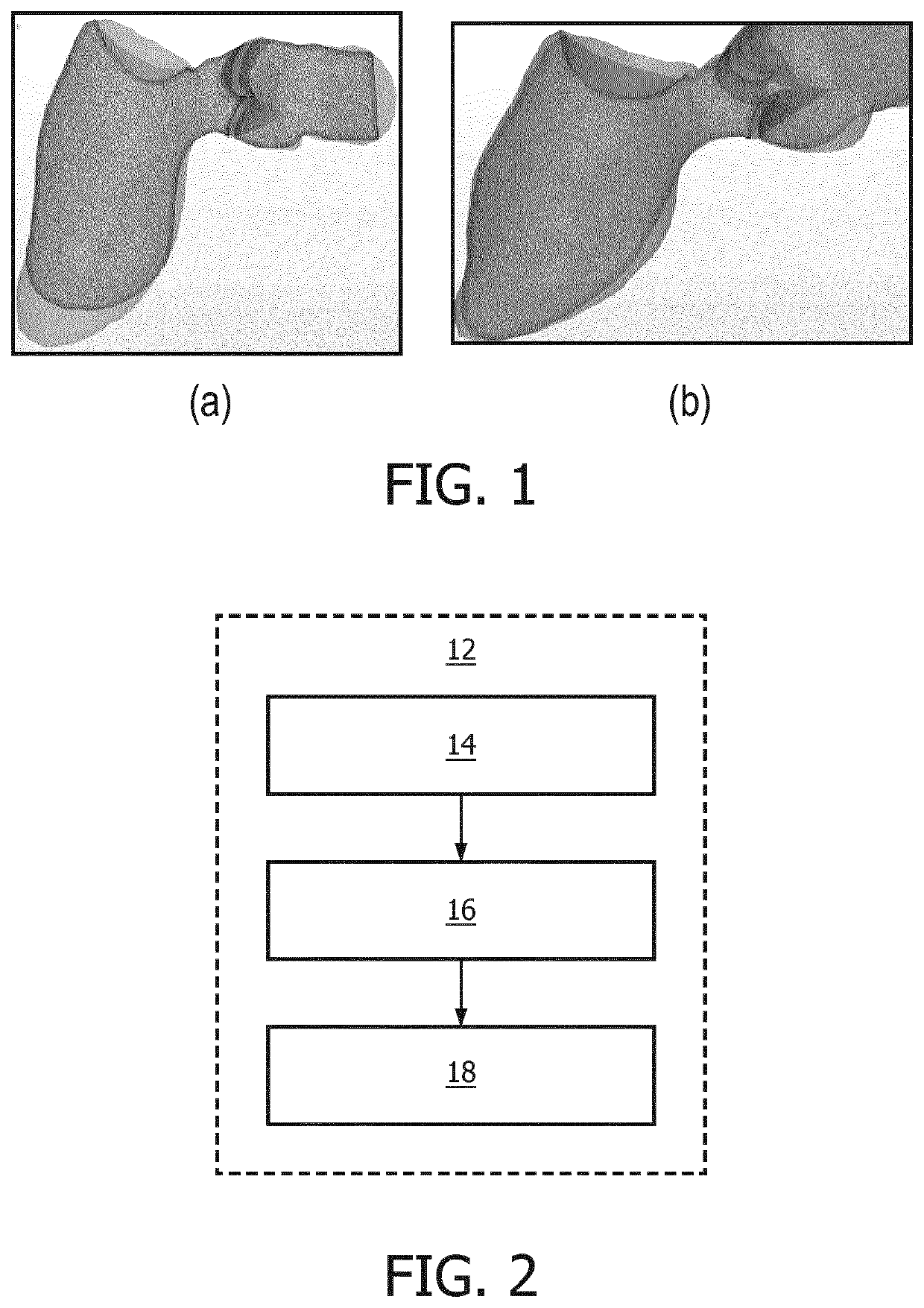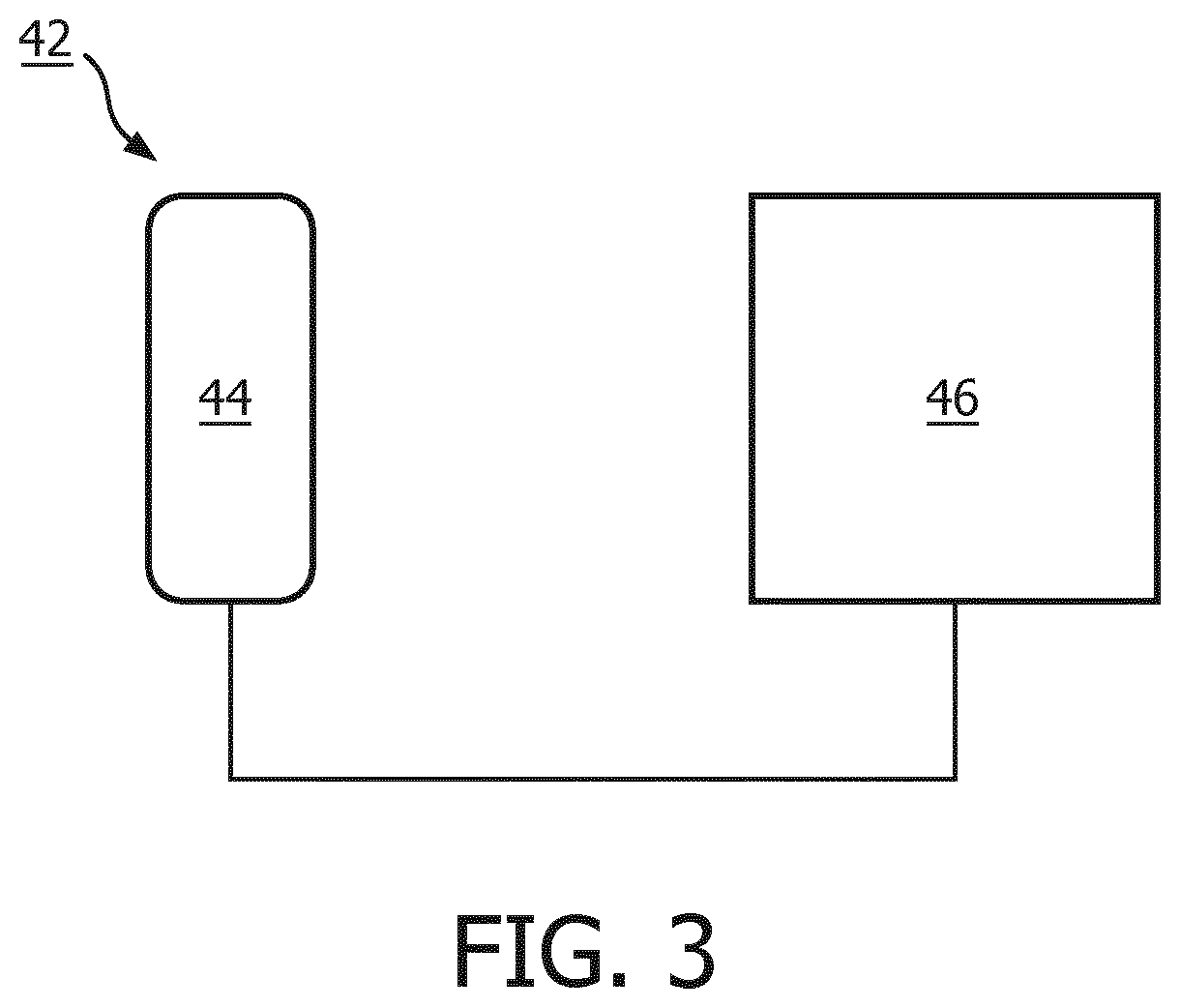Method of estimation physiological parameters using medical image data
a physiological parameter and image data technology, applied in the field of physiological parameter estimation based on medical image data, can solve the problems of consuming substantial time and human resources, fundamentally affecting simulation accuracy, and many manual steps to enable simulations, so as to improve patient outcomes, stable and uniform description of blood-tissue interaction, and accurate physiological parameters
- Summary
- Abstract
- Description
- Claims
- Application Information
AI Technical Summary
Benefits of technology
Problems solved by technology
Method used
Image
Examples
Embodiment Construction
[0106]The various embodiments will be described with reference to the Figures.
[0107]It should be understood that the detailed description and specific examples, while indicating exemplary embodiments of the apparatus, systems and methods, are intended for purposes of illustration only and are not intended to limit the scope of the the embodiments. These and other features, aspects, and advantages of the apparatus, systems and methods described herein will become better understood from the following description, appended claims, and accompanying drawings. It should be understood that the Figures are merely schematic and are not drawn to scale. It should also be understood that the same reference numerals are used throughout the Figures to indicate the same or similar parts.
[0108]The various embodiments may provide a method of estimating one or more physiological parameters, in particular of a cardiac region, based on medical imaging data. An input time series of three-dimensional med...
PUM
 Login to View More
Login to View More Abstract
Description
Claims
Application Information
 Login to View More
Login to View More - R&D
- Intellectual Property
- Life Sciences
- Materials
- Tech Scout
- Unparalleled Data Quality
- Higher Quality Content
- 60% Fewer Hallucinations
Browse by: Latest US Patents, China's latest patents, Technical Efficacy Thesaurus, Application Domain, Technology Topic, Popular Technical Reports.
© 2025 PatSnap. All rights reserved.Legal|Privacy policy|Modern Slavery Act Transparency Statement|Sitemap|About US| Contact US: help@patsnap.com


